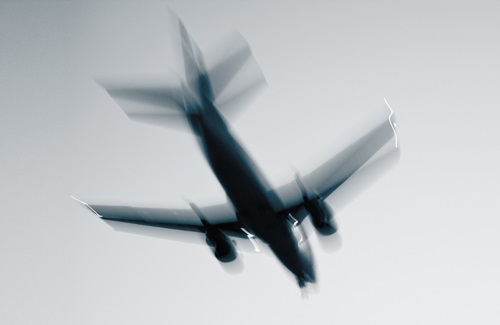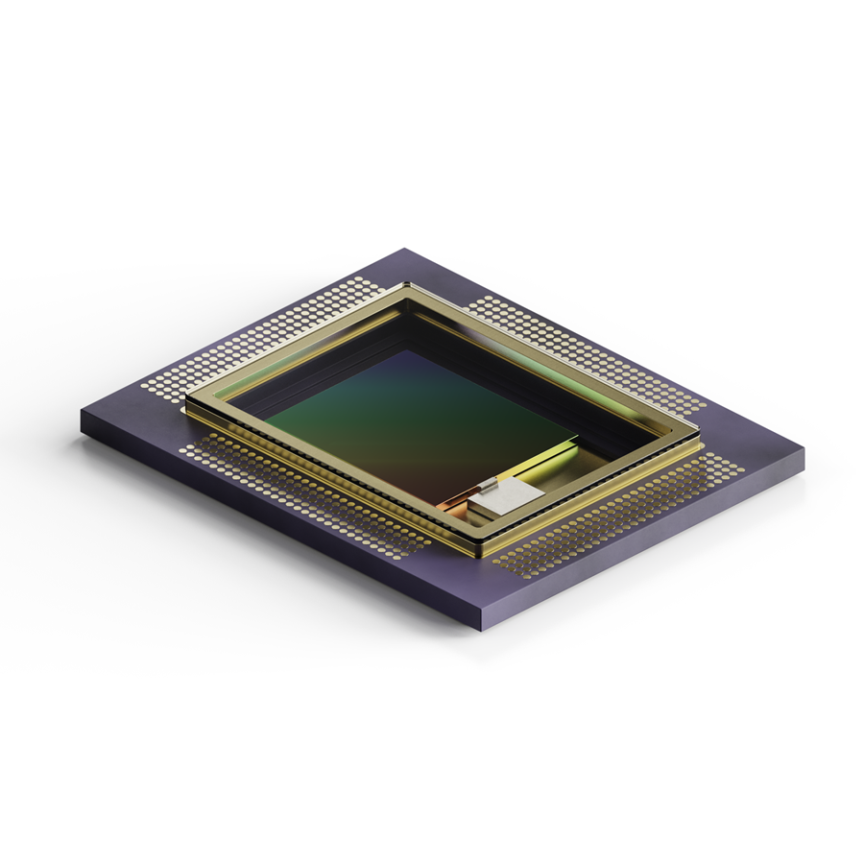Having to endure unpleasant air turbulence on flights could be a thing of the past, thanks to long range lidar technology being developed by Boeing and the Japan Aerospace Exploration Agency (JAXA). The new system could potentially reduce turbulence-caused injuries by 60 per cent.

(Credit: Shutterstock user Jaramir Chalabala)
Boeing and JAXA will flight-test the long-range light detection and ranging (lidar) technology, which will be capable of detecting once-undetectable clear-air turbulence from a distance 17.5km, next year. The on-board system will help provide pilots with sufficient time to take appropriate action to avoid wind-shear and clear-air turbulence, which does not have any visual cues such as clouds.
Boeing and JAXA have been collaborating on the integration of lidar technology into a commercial airplane platform since 2010.
According to figures quoted by JAXA, more than 50 per cent of domestic airline accidents over the past 10 years were caused by turbulence. Whereas turbulence accompanied by rain clouds can be detected to some degree using weather radar and/or by consulting weather forecasts in advance, it is difficult to foresee possible turbulence unaccompanied by rain clouds (clear air turbulence).
By emitting two laser beams from an aircraft, receiving scattered light from small dust and other particulates suspended in the air, and analysing light wavelength variation caused by the Doppler effect, the lidar system can determine transitions in airflow – otherwise known as turbulence – based on wavelength variation. This makes it possible to detect clear-air turbulence that weather radar on most aircraft fail to identify.
Because of the high altitudes at which commercial flights fly (more than 10km) the aerosol density drops, and scattered light weakens so that a more powerful laser beam becomes necessary.
JAXA’s Doppler lidar weighs just 83.7kg, but can be made even smaller if used exclusively at low altitudes and low speeds, such as during take-off and landing. This technology warns a pilot with an alarm to avoid danger when turbulence is detected during landing approach.
The lidar system will be tested next year along with more than 30 technologies as part of Boeing's ecoDemonstrator flight-test research programme. This will allow JAXA to evaluate the system from aircraft manufacturers' point of view and identify any technical hurdles that will need to be tackled to make the system viable as a practical application.
It will also help promote the effectiveness of the system among airline companies and manufacturers, which in turn will catch the attention of standardisation and reguratory organisations, JAXA has said.
‘Boeing's ecoDemonstrator programme provides us with valuable opportunity to evaluate our system's capability on large commercial aircraft, which will help accelerate practical implementation of our system in a real environment,’ said Fumikazu Itoh, director general, JAXA Aeronautical Technology Directorate.
‘Boeing is very pleased with the collaborative relationship we have had with JAXA,’ added Naveed Hussain, Boeing research and technology vice president of Aeromechanics Technology. ‘We look forward to demonstrating the benefits of lidar technology, which offers significant opportunities for aircraft safety and performance.’
In addition to looking into further miniaturisation and power enhancement of the lidar system at high-altitudes, JAXA is developing gust alleviation technology that reduces aircraft shake by automatically controlling the control surfaces (hinged flight control surfaces that control the attitude of the aircraft) based on estimated airflow vector data detected by two laser beams.

